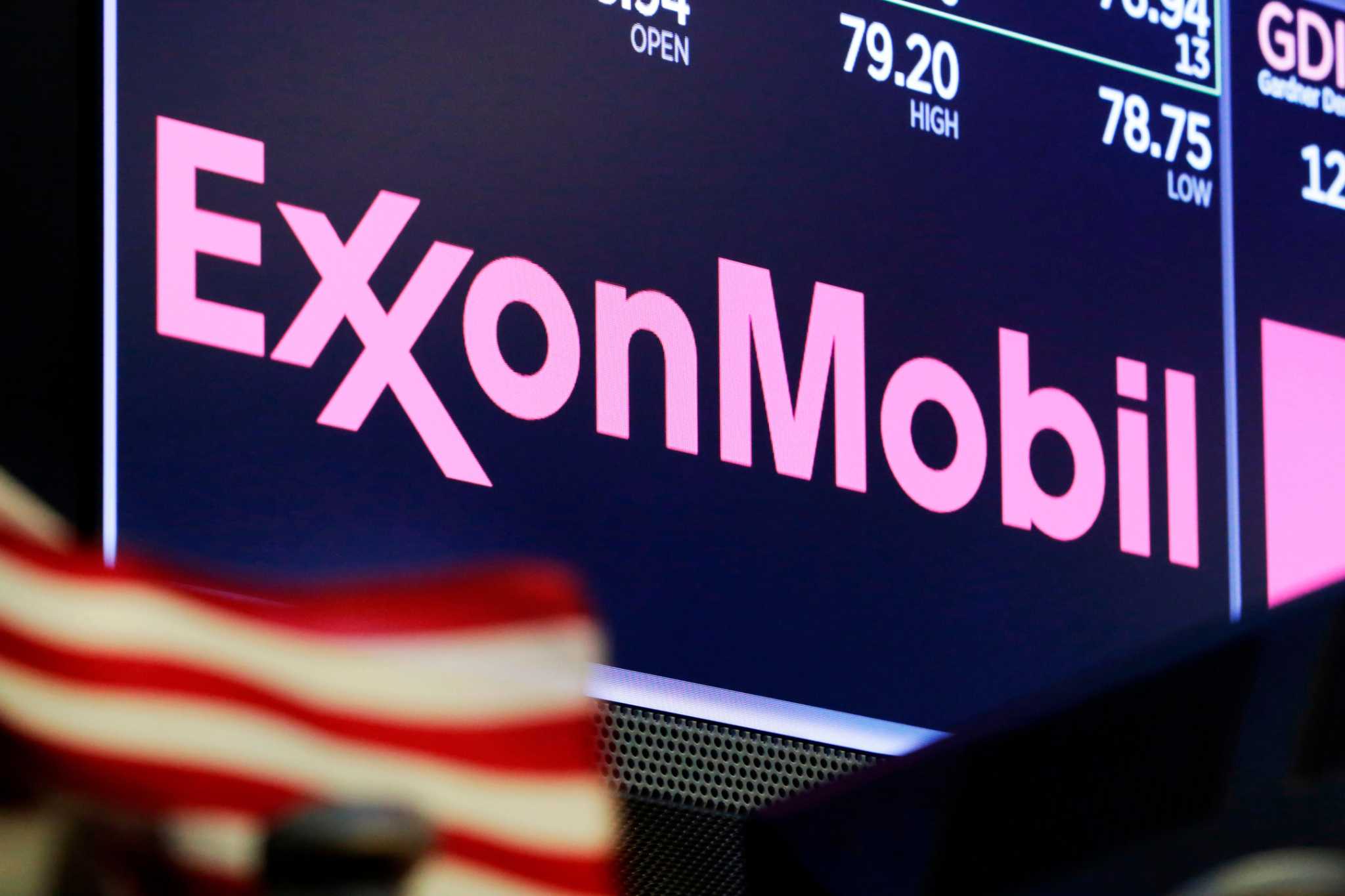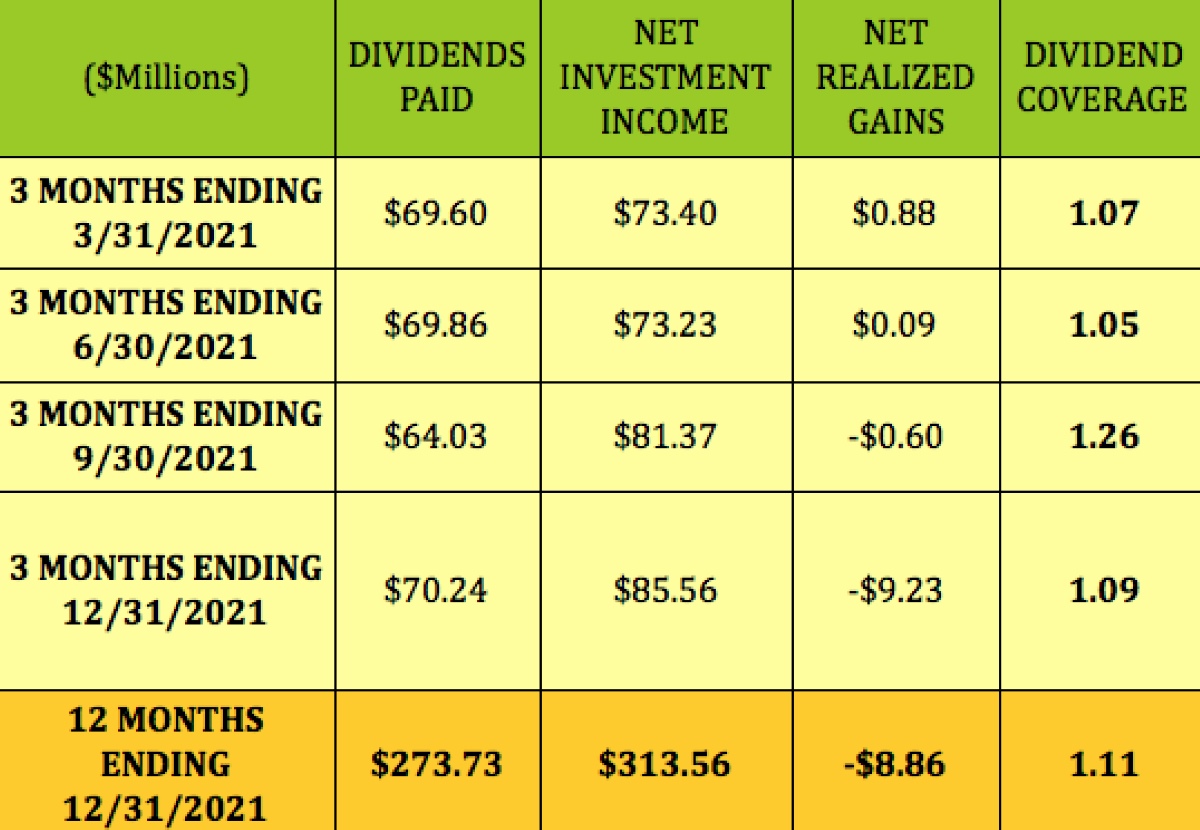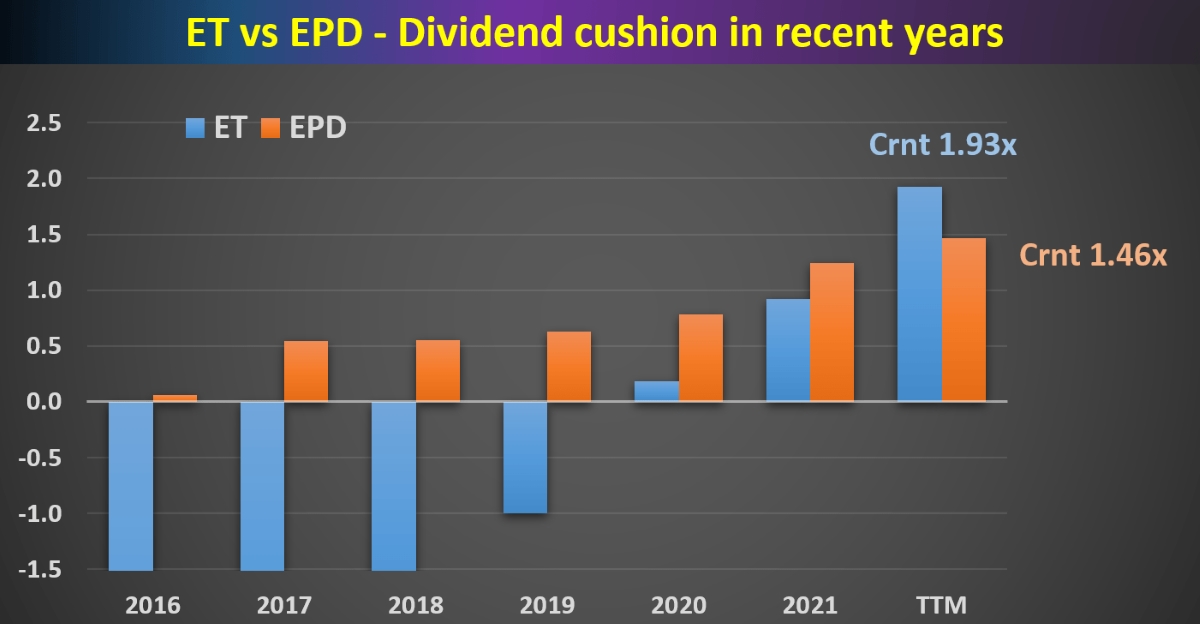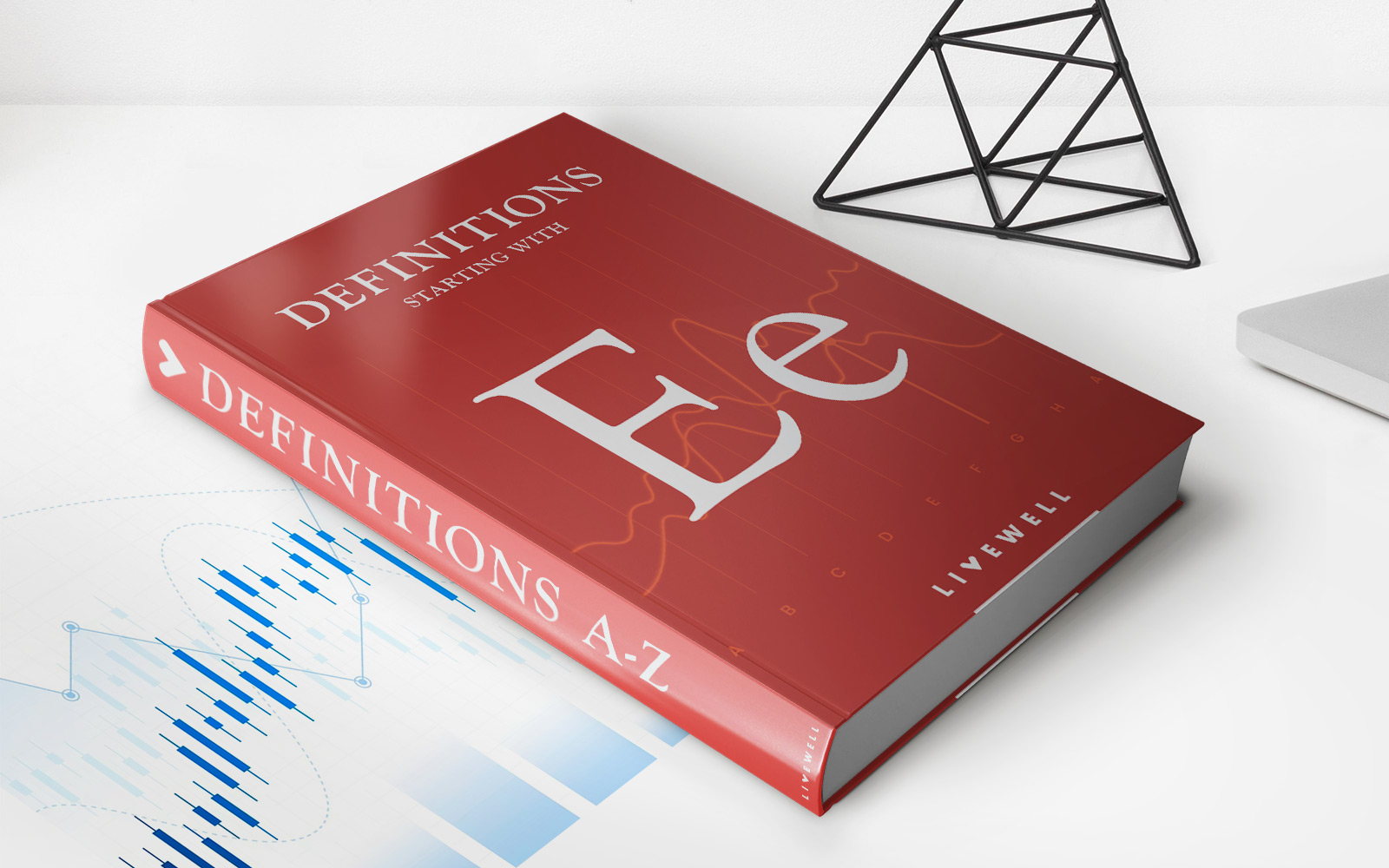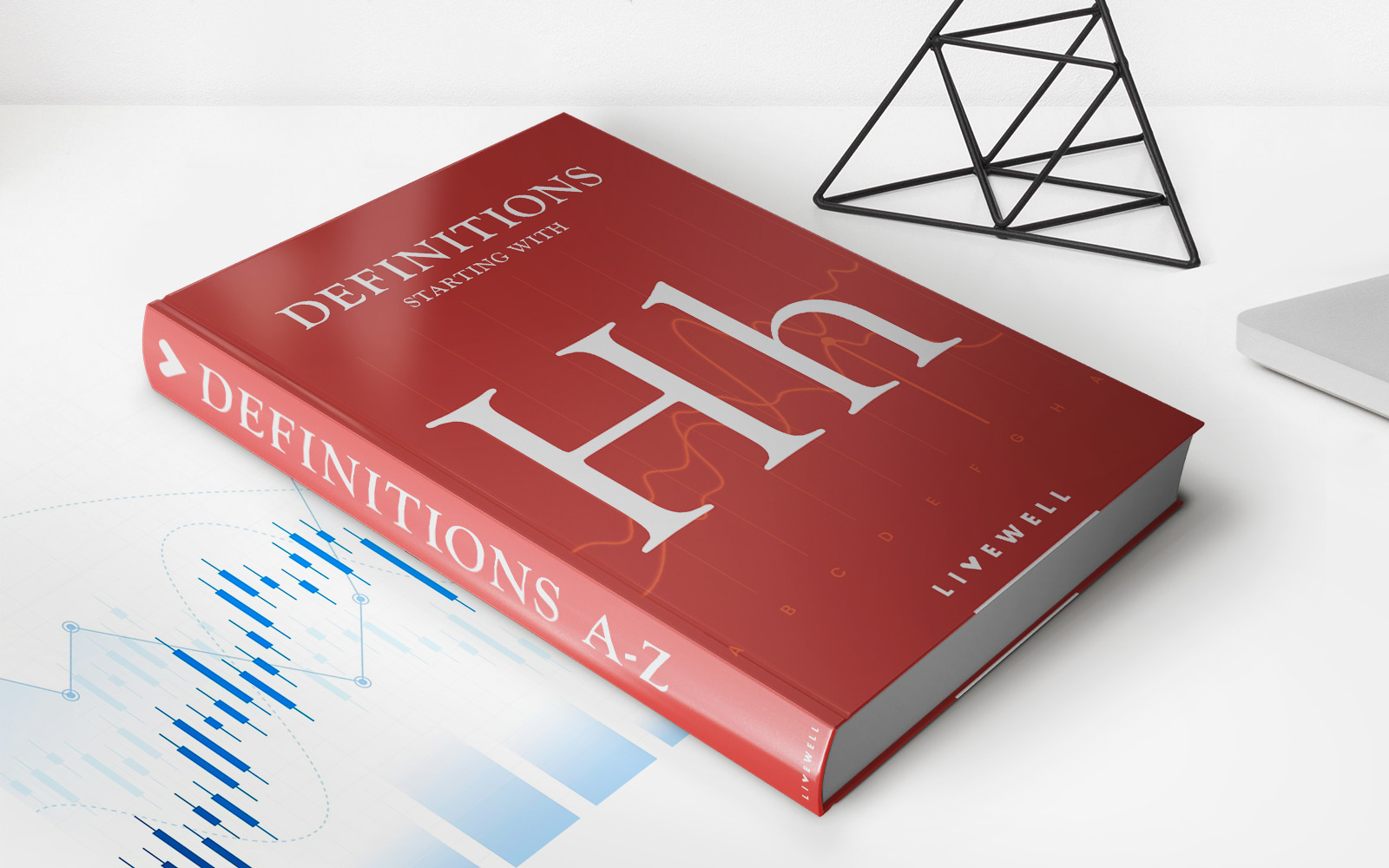

Finance
When Does BHP Pay Dividends?
Published: January 3, 2024
Find out when BHP pays dividends and stay informed about its financial status and potential investment returns in the world of finance.
(Many of the links in this article redirect to a specific reviewed product. Your purchase of these products through affiliate links helps to generate commission for LiveWell, at no extra cost. Learn more)
Table of Contents
Introduction
When it comes to investing in stocks, one of the most attractive features for many investors is the potential to earn a steady income through dividends. Dividends are payments made by a company to its shareholders, typically as a distribution of profits. They serve as a way for companies to share their financial success with shareholders and provide investors with a regular income stream.
One company that is often sought after for its dividend payments is BHP, one of the world’s largest mining and natural resources companies. BHP has a long history of paying dividends to its shareholders, making it an appealing investment option for income-oriented investors.
However, before investing in BHP for dividends, it is important to understand the company’s dividend policy, the factors that affect dividend payments, and the schedule for dividend payments. By having a clear understanding of these factors, investors can make informed decisions and maximize the potential income from their investments.
In this article, we will delve into the details of BHP’s dividend policy, explore the factors that affect dividend payments, and provide key information on BHP’s dividend payment schedule. Additionally, we will discuss important dates to consider for investors who are interested in earning dividends from their investment in BHP.
So, if you’re curious about when BHP pays dividends and what factors to consider when investing for dividends, read on to learn all the important details.
Understanding BHP’s Dividend Policy
Before investing in BHP for dividends, it is crucial to have a clear understanding of the company’s dividend policy. BHP’s dividend policy determines how and when the company distributes its profits to shareholders in the form of dividends. By understanding this policy, investors can assess the potential income they may receive from their investment in BHP.
BHP has a strong commitment to delivering value to its shareholders, and its dividend policy reflects this commitment. The company aims to maintain a progressive dividend policy, which means that it strives to increase or maintain the dividend per share over time, taking into account the company’s financial performance, future growth prospects, and capital requirements.
While BHP aims for a progressive dividend policy, it is important to note that dividend payments are not guaranteed. The company’s ability to pay dividends depends on several factors, including its financial performance, cash flow position, debt obligations, and other capital allocation priorities.
Another important aspect of BHP’s dividend policy is its consideration of the cyclical nature of the mining industry. As a company heavily involved in mining and natural resources, BHP’s profitability can be influenced by fluctuations in commodity prices. During periods of high profitability, BHP may increase its dividend payments, while during downturns, it may adjust dividends to align with the company’s financial position.
Overall, BHP’s dividend policy reflects its commitment to delivering value to shareholders and providing a fair return on investment. By understanding BHP’s dividend policy, investors can have a clearer picture of what to expect in terms of dividend payments and make more informed decisions regarding their investment in the company.
Factors Affecting BHP Dividend Payments
There are several factors that can influence BHP’s dividend payments. Understanding these factors is essential for investors looking to anticipate and evaluate the potential income from their investment in the company.
1. Financial Performance: BHP’s dividend payments are closely tied to the company’s financial performance. If the company generates strong profits and has a healthy cash flow, it is more likely to increase or maintain its dividend payments. Conversely, if the company faces challenges or a downturn in its financial performance, dividend payments may be reduced or suspended.
2. Commodity Prices: BHP operates in the mining and natural resources sector, and its profitability is heavily influenced by commodity prices. Fluctuations in the prices of key commodities, such as iron ore, copper, and oil, can impact BHP’s revenue and ultimately its ability to pay dividends. When commodity prices are high, BHP’s profitability increases, which can lead to higher dividend payments. Conversely, during periods of low commodity prices, dividend payments may be lower due to decreased revenue.
3. Capital Requirements: BHP operates in a capital-intensive industry, and it requires significant investments in exploration, development, and operational activities. The company needs to allocate its capital efficiently to ensure ongoing growth and maintain its competitiveness. In certain years, BHP may need to retain more of its profits to fund these capital requirements, which can impact the amount of money available for dividend payments.
4. Debt Obligations: BHP has financial obligations, including debt repayments and interest payments. These obligations need to be met, and it may influence the amount of profits that can be distributed as dividends. If BHP needs to allocate a significant portion of its profits to service its debt, it may impact the dividend payments to shareholders.
5. Regulatory and Legal Considerations: BHP operates in multiple jurisdictions and is subject to various regulatory and legal requirements. Changes in regulations, taxation policies, or legal obligations can affect the company’s financial position and potentially impact dividend payments.
It is important for investors to consider these factors when evaluating the potential income from investing in BHP for dividends. By understanding the dynamics that can influence dividend payments, investors can make more informed decisions and manage their expectations accordingly.
BHP’s Dividend Payment Schedule
Now that we understand the factors that can affect BHP’s dividend payments, let’s take a closer look at the company’s dividend payment schedule. BHP typically follows a semi-annual dividend payment schedule, with dividends being paid out twice a year.
BHP’s financial year starts on July 1st and ends on June 30th of the following year. The company usually announces its dividend payments as part of its half-year and full-year financial results. These announcements provide shareholders with information about the amount of the dividend and the important dates related to the payment.
Once the dividend is announced, BHP sets an Ex-Dividend date. This is an important date for investors, as shareholders must own the stock before the Ex-Dividend date to be eligible to receive the dividend payment. Any shares bought on or after the Ex-Dividend date will not be eligible for the upcoming dividend payment.
After the Ex-Dividend date, there is a record date. This is the date when BHP examines its records to determine the shareholders who are eligible to receive the dividend payment. Typically, shareholders who are recorded as owners on the record date will receive the dividend.
Following the record date, the payment date is set. This is the date when BHP processes the dividend payment and distributes it to eligible shareholders. It is important to note that the payment date may vary each year depending on BHP’s internal processes and timelines.
It is worth mentioning that BHP offers shareholders the option to receive their dividend payments in cash or reinvest them through its Dividend Reinvestment Plan (DRP). The DRP allows shareholders to use the dividend payment to purchase additional BHP shares at a discount, providing an opportunity for potential capital growth.
Investors should keep an eye on BHP’s financial announcements and stay informed about the dividend payment schedule to ensure they meet the necessary requirements and receive their dividend payments in a timely manner.
Now that we have an understanding of BHP’s dividend payment schedule, let’s explore some key dates to consider for investors interested in earning dividends from their investment in BHP.
Key Dates for BHP Dividend Payments
Investors interested in earning dividends from their investment in BHP should be aware of certain key dates that play a crucial role in the dividend payment process. Understanding these dates will help investors plan their investments accordingly and ensure they meet the requirements to receive their dividend payments.
1. Ex-Dividend Date: The Ex-Dividend date is the cut-off date set by BHP. Investors must own shares of BHP before this date to be eligible to receive the upcoming dividend payment. If you purchase shares on or after the Ex-Dividend date, you will not be entitled to the dividend for that payment period.
2. Record Date: The Record date is the date when BHP reviews its records to determine the shareholders who are eligible for the dividend payment. If you are recorded as a shareholder on the Record date, you will receive the dividend payment. It usually follows shortly after the Ex-Dividend date.
3. Payment Date: The Payment date is when BHP processes and distributes the dividend payment to eligible shareholders. This is the date when the funds are typically deposited into shareholders’ accounts or sent out as physical checks.
It is important to note that the Ex-Dividend date, Record date, and Payment date can vary each year. BHP typically announces these dates along with the dividend amount as part of its financial reports.
Investors should monitor BHP’s announcements, financial reports, and investor relations website to stay informed about the specific dates for each dividend payment. It is advisable to set reminders or notifications to ensure you do not miss any important deadlines.
Additionally, BHP offers a Dividend Reinvestment Plan (DRP), which allows shareholders to reinvest their dividend payments to purchase additional BHP shares at a discounted price. If you wish to participate in the DRP, you need to ensure that you follow the instructions provided by BHP and meet the requirements before the specified deadline.
Understanding and keeping track of these key dates is essential for investors looking to earn dividends from their investment in BHP. By staying informed and meeting the necessary requirements, investors can maximize the potential income from their investment in the company.
Factors to Consider Before Investing in BHP for Dividends
Investing in BHP for dividends can be an attractive option for investors looking to generate a regular income from their investments. However, before making any investment decisions, it is important to consider certain key factors to assess the suitability and potential return of investing in BHP for dividends.
1. Dividend Yield: The dividend yield is a ratio that indicates the annual dividend payment relative to the stock price. It is calculated by dividing the annual dividend by the stock price. Consider analyzing BHP’s historical dividend yield and comparing it to industry peers to evaluate the attractiveness of its dividends relative to its market price.
2. Dividend Growth: Assessing BHP’s history of dividend growth can provide insights into its commitment to increasing or maintaining dividends over time. Analyze the company’s dividend growth rate, consistency, and its ability to generate sufficient cash flow to sustain and potentially grow its dividend payments.
3. Financial Performance: Evaluate BHP’s financial performance, including revenue growth, profitability, and cash flow generation. A financially healthy company is more likely to sustain or increase its dividend payments in the long term.
4. Industry and Market Conditions: Consider the broader market and industry conditions that may impact BHP’s operations and, consequently, its ability to pay dividends. Factors such as commodity prices, demand-supply dynamics, regulatory changes, and geopolitical risks can significantly affect BHP’s profitability and dividend payments.
5. Risk Considerations: Assess the risks associated with investing in BHP, including operational risks, regulatory risks, and economic risks. Understanding the potential risks can help you weigh the potential rewards and make informed investment decisions. It is advisable to diversify your portfolio and not rely solely on dividends from a single stock.
6. Management and Long-Term Strategy: Evaluate BHP’s management team, their track record, and their long-term strategy. Look for management that is focused on creating shareholder value, investing in growth opportunities, and maintaining a prudent capital allocation approach that supports dividend payments.
7. Shareholder Policies: Understand BHP’s shareholder policies, including its dividend policy, stock buybacks, and the availability of a Dividend Reinvestment Plan (DRP). These policies can impact the overall shareholder experience and the potential income from investing in BHP for dividends.
It is important to conduct thorough research, analyze the relevant factors, and consult with a financial advisor before making any investment decisions. The information provided here serves as a starting point for considering the key factors, but it should not be considered as financial advice.
By carefully considering these factors and conducting due diligence, investors can make informed decisions and maximize the potential income from their investment in BHP for dividends.
Conclusion
Investing in BHP for dividends can be an appealing option for investors seeking a regular income stream. By understanding BHP’s dividend policy, the factors that can affect dividend payments, and the company’s dividend payment schedule, investors can better evaluate the potential return on their investment.
BHP’s commitment to maintaining a progressive dividend policy demonstrates its dedication to providing value to shareholders. However, dividend payments are subject to various factors, including the company’s financial performance, commodity prices, capital requirements, and debt obligations. Investors should consider these factors and monitor any changes that may impact BHP’s dividend payments.
Key dates, such as the Ex-Dividend date, Record date, and Payment date, play a crucial role in receiving dividend payments. Investors should be aware of these dates and follow BHP’s announcements to ensure they meet all requirements for eligibility.
Before investing in BHP for dividends, it is advisable to consider factors such as dividend yield, dividend growth, financial performance, industry and market conditions, risk considerations, management strategies, and shareholder policies. Conducting thorough research and seeking advice from financial professionals can assist in making informed investment decisions.
In conclusion, investing in BHP for dividends can be a profitable endeavor for income-oriented investors. By understanding BHP’s dividend policy, considering the factors that may affect dividend payments, and conducting due diligence, investors can optimize the potential income from their investment and make informed decisions that align with their financial goals.
